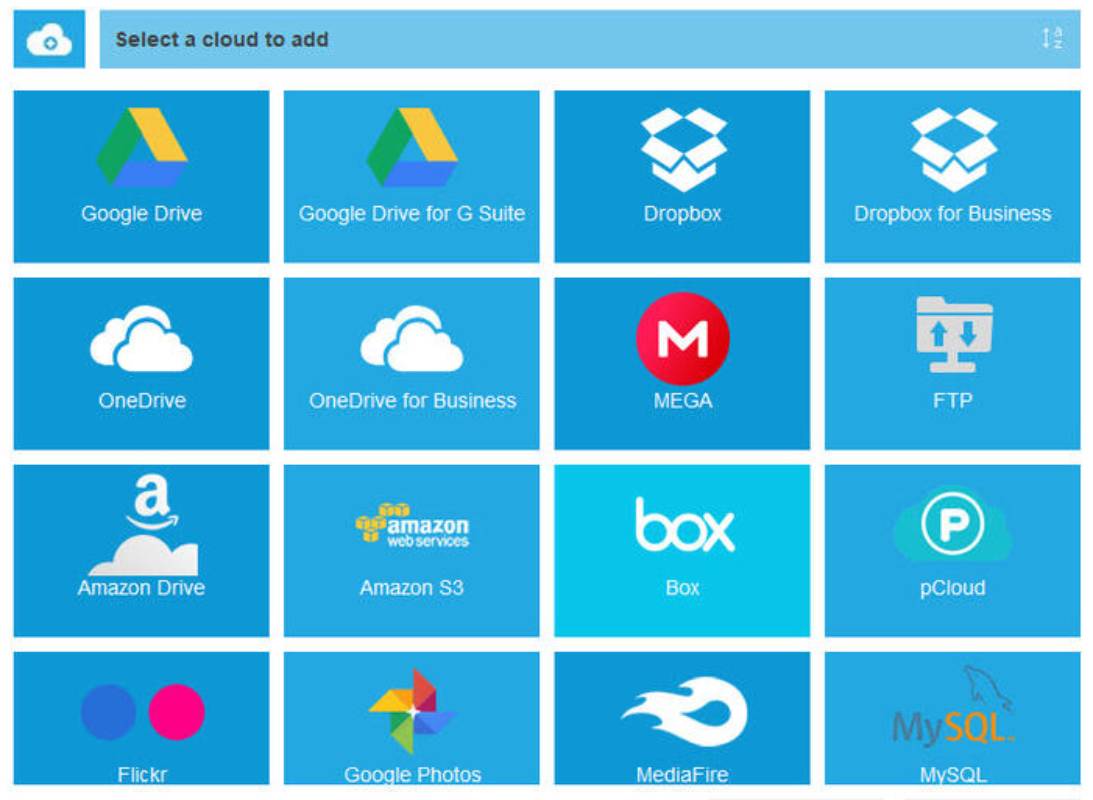Nonprofits can use marketing methods and strategies to raise awareness of their cause or purpose. Nonprofits also need to seek funds and recruit volunteers and supporters for a nonprofit organization. The best way to increase funds is to use marketing techniques which are specific approaches used by businesses to sell their products.
Raising a nonprofit’s brand recognition has a significant influence on its impact. Even the most selfless organization can’t do anything unless people are aware of it. To effectively pursue its objective, a nonprofit requires good relationships with funders. Nonprofits also require good relationships with volunteers, the media, and even government entities.
Driving growth requires focusing digital marketing techniques on the areas that matter the most. Building a solid nonprofit digital marketing strategy can help you get more supporters, reach, and donations.
Impacts of Marketing on Nonprofits
Marketing aids nonprofits in the following ways:
- Spreading the nonprofit’s message and mission statement.
- Marketing also aids in the recruitment of volunteers.
- It helps in the solicitation of new contributors, and the expansion of an organization’s services.
- Building strong relationships with other organizations and government agencies.
- Gaining media exposure.
- Notifying the public of key events and fresh information.
Seven Effective Marketing Strategies for Non-Profit Organizations
-
Direct Marketing Efforts at the Target Market
Before you can promote your nonprofit organization, you must first determine the donors you want to reach and what you want them to accomplish. It is important to determine how much money they make, their gender or age, and what social media channels they use.
You may adjust your marketing efforts to reach and urge your audience to take action once you know who they are and where they can be located. You could find it useful to look into firms that are comparable to yours to see how they sell to the same audience.
-
Set Clear Goals To Measure Marketing Efforts
You won’t be able to tell if nonprofit digital marketing is successful until you know what you’re aiming for. Measurable goals allow you to assess what is working and what needs to be changed.
For example, donations or revenue, email list sign-ups, and member retention are clear goals. After you’ve defined your goals, work with your team to figure out how you’ll track your progress toward achieving them.
-
Write Engaging Web and Blog Content
Another important nonprofit digital marketing strategy is content creation for websites and blogs. Web pages, articles, videos, and podcast episodes let supporters learn more about a nonprofit’s work. Content marketing may assist a nonprofit’s donor base and reach increase. It also helps in informing, establishing brand affinity, and engaging with current supporters.
To grow website traffic and publicize a nonprofit’s narrative it is important to target these relevant often searched phrases. These search phrases are known as keywords. Nonprofits should also update their websites with the most recent information and initiatives. People will be inspired to take action if an organization’s goal and effect are communicated.
-
Create Marketing Materials to Promote Nonprofit Activities

Nonprofit organizations will require marketing materials whenever it interacts with the general public. These documents should have your organization’s logo on them. It should include information about how to become involved or give. As well as information about your organization’s successes, services, and ideals.
Nonprofits should also send postcards or brochures, and also write thank-you cards to their donors. They can also have an information stand at events. Nonprofits should also provide employees with business cards.
-
Target Email Marketing to Donors
Email is one of the most effective marketing tactics, whether for a business, brand, or cause. This is because emails tap into a captive population. Investing time in an email campaign and a monthly newsletter may help boost donations by increasing brand exposure. It also helps engage supporters, and find new supporters.
Email marketing provides a direct line of communication with supporters. You don’t need to use another channel or method to contact someone because they control their email address. It’s an excellent donor engagement tool. It allows you to maintain a relationship with folks who have expressed an interest in your cause.
Email marketing also allows a nonprofit to update supporters on its impact, activities, and events. It also allows the distribution of material that helps readers connect with the organization’s goal. A monthly or bimonthly newsletter is a fantastic place to start when it comes to developing your email strategy.
-
Build Social Media Marketing Plans Through Posts and Ads

A social media marketing plan is a low-cost technique to reach out to new contributors. It helps to establish widespread recognition. Social media networks like Twitter, Facebook, and Instagram may help reach a big number of interested individuals.
Identify the two or three networks where your target market is most likely to be located. Do not attempt to be active on every social media platform available. Then concentrate your marketing efforts and energies there.
Having a social media presence may assist your nonprofit’s base of supporters. It also leads to potential donations increase, as well as gives a method for fans to feel more connected to the purpose. Nonprofits may use social media to connect with their supporters and engage with them regularly.
-
Showcase Results
A nonprofit’s marketing should highlight not only its objective but also the real achievements produced. Success stories encourage existing members to stay active and recruit new members. It also provides a unique slant for media attention.
Showcase your achievements via donor emails or mailings, and press releases. Also showcase through website updates, local or national events, op-eds in local or national news sources
Share details about the nonprofit’s fundraising efforts. Share info about the individuals that have benefited from its efforts. Share projects you’ve accomplished, legislation you’ve impacted, or other tangible indicators of success.
Conclusion
Nonprofits can gain a lot from the marketing techniques discussed. In addition, nonprofits should publish the nonprofits’ successes in media outlets. As a consequence of these marketing techniques, many nonprofit organizations can gain substantial enrichment and marketing potential.












